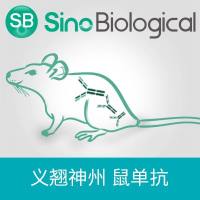Fluorescence Assays to Study Cell Adhesion and Migration In Vitro
互联网
602
The basis for cell movement and the maintenance of organized epithelial structures formed by “stationary” cells is a phenomenon known as cell adhesion, i.e., the establishment of the firm anchorage of a cell to an underlying substratum. Both cell adhesion and the subsequent process of cell locomotion occur via the interaction of cell-adhesion molecules, integrins, cell-surface proteoglycans, nonintegrin receptors, and selections with each other or with extracellular ligands such as various ECM constituents. The number of extracellular matrix (ECM) components discovered to be implicated in cell adhesion and migration phenomena is rapidly growing. This fact, in conjunction with the progressively unveiled diversity in the mode by which these ECM molecules affect cell behavior, has raised the demands on the in vitro assays aimed at the analysis of cell adhesion. Probably, the requirement for a higher accuracy and versatility; for an increased capability to most closely reproduce the in vivo situations; and for the uncompromised possibility to apply the assays to the analysis of ex vivo cells; represent the primary demands that have forced investigators to ameliorate the currently available cell-adhesion protocols, as well as device novel alternative ones.









